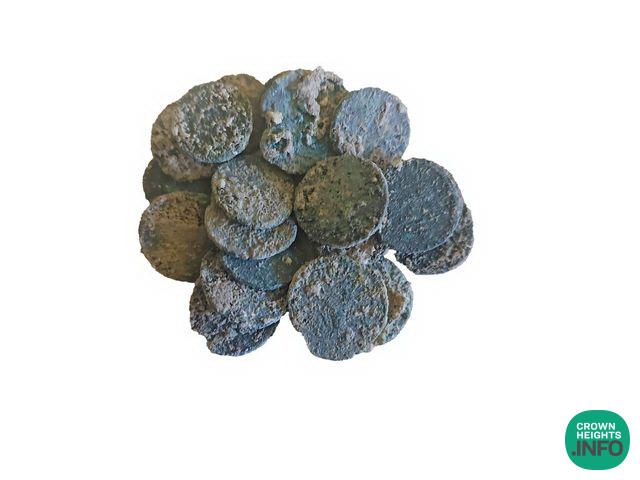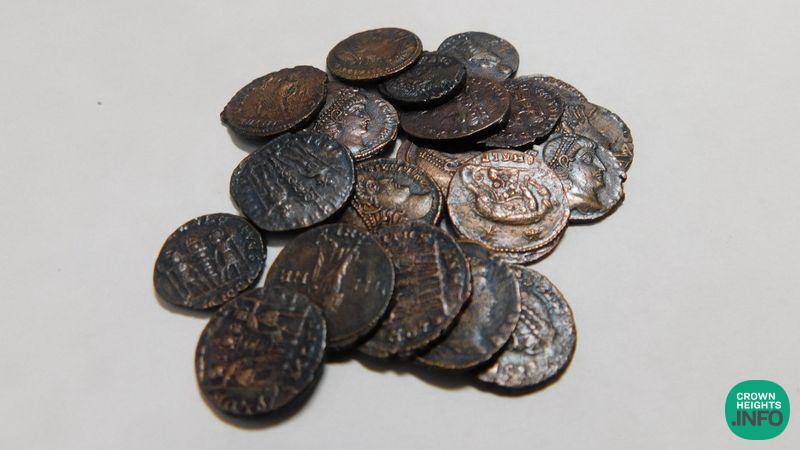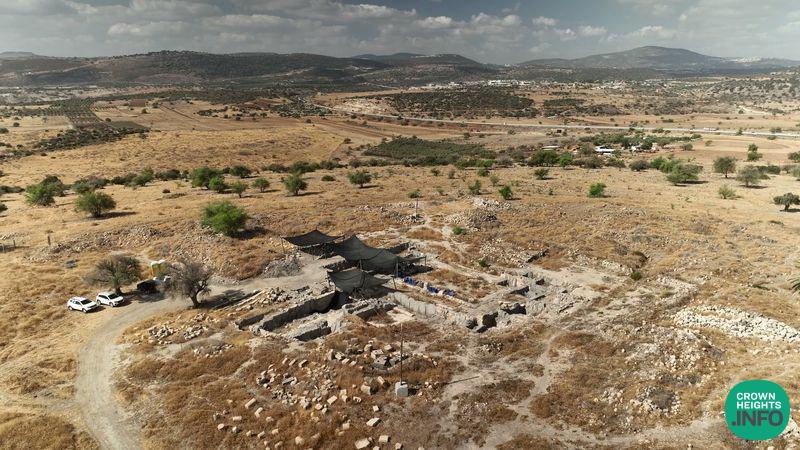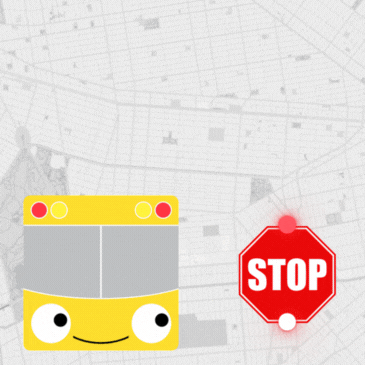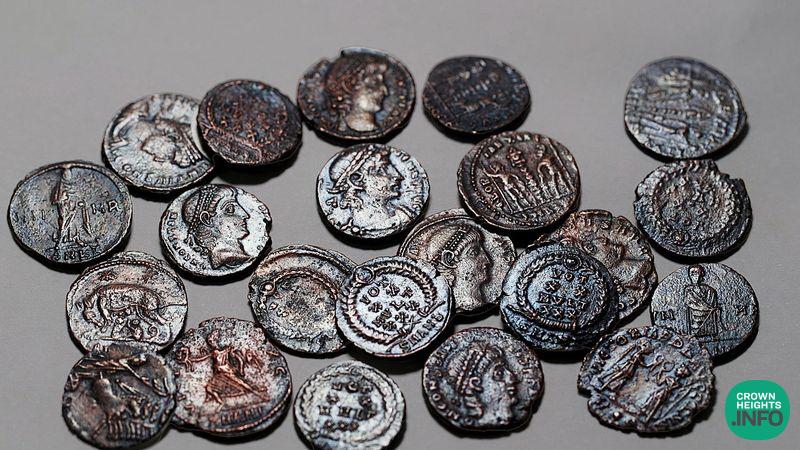
Rare Hoard of Coins From The Jewish Revolt Found In Galilee
A rare hoard of coins from the days of the last Jewish rebellion under Roman rule was discovered in a hidden system in the Galilee.
The rare hoard of 22 bronze coins, over 1,600 years old (4th century CE) was discovered in a small crevice prepared deep in an underground hiding complex lying beneath the ruins of the Lower Galilee ancient settlement of Hukok.
The hidden treasure was uncovered in a joint archaeological dig by the Israel Antiquities Authority and the Zefat Academic College, as part of preparing the site for public visitation under the aegis of the Keren Kayemet LeYisrael–Jewish National Fund. The discovery will be presented for the first time this week at the “Between Josephus and Eusebius” conference to be held at Kinneret Academic College Tomorrow- Thursday, September 18.
“It seems that the people stashing this hoard carefully planned its hiding place, hoping to return to it when the threatening troubles were over,” say researchers Uri Berger from the Israel Antiquities Authority and Prof. Yinon Shivtiel of Zefat Academic College. “The coins were discovered in a pit, deliberately dug at the end of a narrow winding tunnel.”
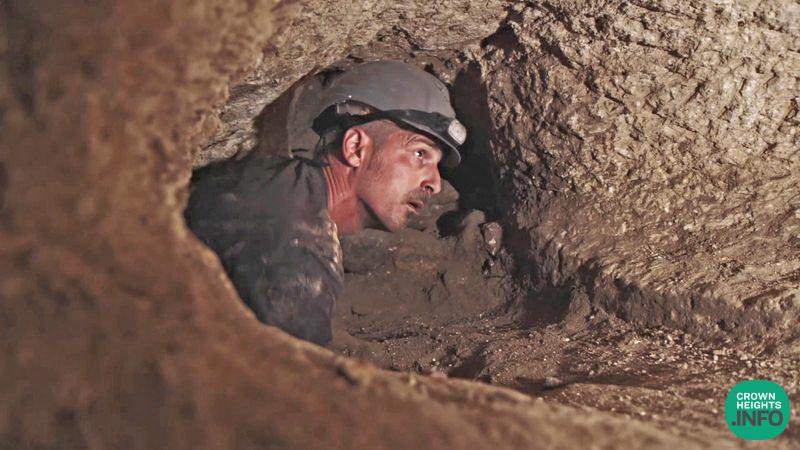
The Hukok hiding complex, an underground network of tunnels and rooms to conceal Jewish people and practices from the eyes of the Roman army, was apparently first created and used by its Jewish residents during the Great Revolt (66–70 CE), and then developed and improved in preparation for the Bar-Kochba Revolt (132–136 CE).
Naturally, upon its discovery, the researchers expected it to be dated to the time of either of these rebellions, as is oft the case throughout the country – but to their great surprise, the visages of Emperors Constantius II and Constans I appeared on the coins.
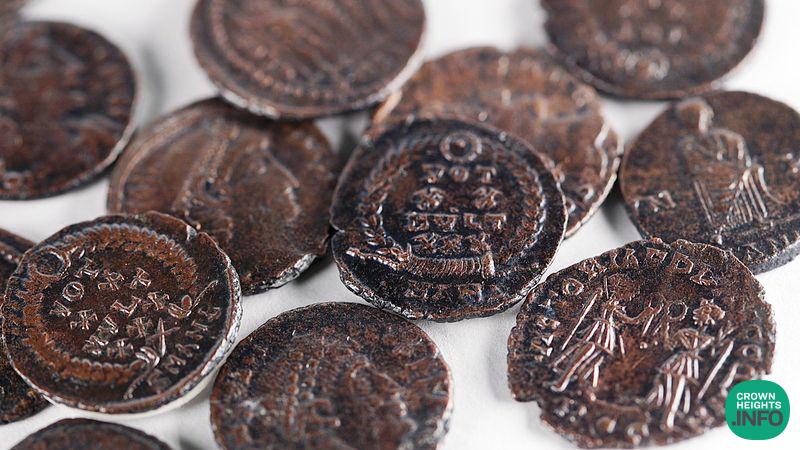
Their reigns were during the time of a later revolt – the Gallus Revolt (351-352 CE), the lesser-known and last Jewish revolt under Roman rule. “This shows that hundreds of years after these tunnels were dug out, they were reused,” say the researchers. “The hoard provides – in all probability, unique evidence, that this hiding complex was used in one way or another during another crisis – during the Gallus Revolt – a rebellion for which we have only scant historical evidence of its existence.”
The Hukok hiding complex is one of the largest and most intricate of its kind in the entire Galilee. It comprises a series of underground spaces connected by narrow passages and winding tunnels. The system was mostly excavated between 2019–2023 as part of an extensive community educational project executed here in Hukok. As part of the project, beginning and graduate students from Zefat Academic College, volunteers from the Israel Cave Explorer Club, soldiers and area residents participated in its excavation.
“Fortunately, it was the many volunteers excavating the hiding complex who actually uncovered this important treasure, and they enjoyed this great moment of the joy and the excitement of discovery,” says Dr. Einat Ambar-Armon, who directs the Israel Antiquities Authority Community Archaeological Educational Center in the Northern Region. “The excavation thus became not only an important scientific event, but also an significant communal educational experience – one that brings the public closer to its heritage, and strengthens the sense of belonging and the connection to the past.”
A first scientific publication of the hoard will appear in an upcoming issue of the Israel Numismatic Society’s INR–Israel Numismatic Research Journal.
